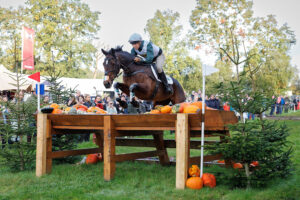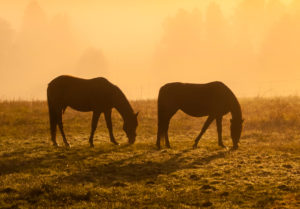Exploring the Scientific Side of Dressage
- Topics: Dressage, Sports Medicine, Welfare and Industry

If you’re a dressage judge, trainer, or rider, this is what you need to look for, at least according to the U.K.’s competitive dressage organization, British Dressage, as described in a recent version of their “Scales of Training.”
But as artistic as this might sound, this definition lacks objectivity, say equine biomechanics experts. Although the art of dressage merits full respect and should be maintained, it’s also important to have scientifically sound measurements to help bring a solid, objective view to what makes good dressage, said Sarah Jane Hobbs, PhD, of the University of Central Lancashire Centre for Applied Sport and Exercise Sciences, in the U.K.
To form scientific explanations for what we see and appreciate in the dressage ring, Hobbs and a team of researchers have been investigating dressage from a biomechanical point of view. That team includes Hilary M. Clayton, BVMS, PhD, Dipl. ACVSMR, FRCVS, professor and McPhail Dressage Chair Emerita at Michigan State University, in East Lansing
Create a free account with TheHorse.com to view this content.
TheHorse.com is home to thousands of free articles about horse health care. In order to access some of our exclusive free content, you must be signed into TheHorse.com.
Start your free account today!
Already have an account?
and continue reading.

Related Articles
Stay on top of the most recent Horse Health news with


















